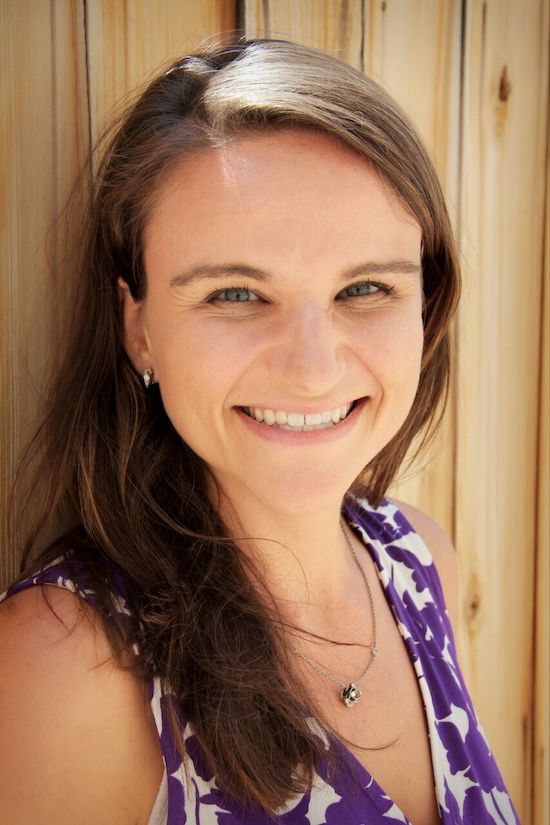STEM Shoutout: Dr. Cindy Gevarter
Dr. Cindy Gevarter receives 2018 Women in STEM award
Dr. Cindy Gevarter, an assistant professor in the UNM Speech and Hearing Sciences Department is a recipient of a 2018 Women in STEM award at UNM.
Gevarter recently has published several articles, including studies concerning children with autism and children with ASD. Two of the articles are available here and here. She also has an article that will soon be published in the American Journal of Speech and Language Pathology.
Her research concerns communicating with children with autism spectrum disorder.
Gevarter’s new endeavors in research is based off of her prior research. Gevarter was a graduate student at UT Austin and received $24,000 in funding through a UT Graduate School Research Fellowship for some of her research, and she received additional funding through a Faculty Summer Research grant from Manhattanville College, her previous institution.
“My current research will extend my prior works related to individualized communication device intervention and assessment by incorporating naturalistic intervention and parent training. This new research is grounded in some of my prior work comparing different communication device formats for individuals with autism spectrum disorder,” Gevarter said.
Gevarter began her research based on her prior experiences as a special education teacher. She wanted to uncover more information about certain disorders to individualize treatment strategies for each child.
“I became interested in research related to intervention options for non-vocal children with autism spectrum disorder when I was young special education teacher who was disheartened by the lack of resources, training, and access to quality research I when working with this population,” Gevarter said.
“So to me, my research has always been about exploring research-based methods that allow practitioners and families to consider the individual needs and strengths of a non-vocal child with autism. I hope that such research will empower families and practitioners to really think about how to systematically individualize communication interventions, and utilize new technologies in ways that promote communication and independence amongst individuals with autism,” she said.

